What are the advantages of using a two-wheel drive system in the railway sleeper changer?
Railway maintenance is a critical aspect of ensuring safe and efficient transportation networks. One of the most important tasks in this domain is the replacement of railway sleepers, which provide support and stability to the tracks. To streamline this process, specialized equipment like the railway sleeper changer has been developed. Among the various features of these machines, the two-wheel drive system stands out as a game-changer. In this article, we'll explore the advantages of using a two-wheel drive system in railway sleeper changers, focusing on improved maneuverability, reduced complexity, and increased efficiency.

Improved Maneuverability
One of the primary advantages of using a two-wheel drive system in railway sleeper changers is the significant improvement in maneuverability. This enhanced mobility is crucial when working on railway tracks, where space is often limited and precise movements are essential.
The two-wheel drive configuration allows for better control and steering of the machine. With power delivered to two wheels, the operator can make more precise turns and adjustments, which is particularly beneficial when navigating through tight spaces or around obstacles on the railway tracks. This improved maneuverability translates to more efficient operations and reduced risk of accidents or damage to surrounding infrastructure.
Moreover, the two-wheel drive system enables the railway sleeper changer to traverse various terrains more easily. Whether dealing with slight inclines, uneven surfaces, or curves in the track, the machine can maintain stability and continue its operations without interruption. This versatility is especially valuable when working on diverse railway networks that may present different challenges in terms of track layout and surrounding environment.
The enhanced maneuverability also contributes to safer operations. Operators can more easily avoid potential hazards or obstacles, reducing the risk of accidents and ensuring the safety of both the crew and the equipment. This improved control is particularly important when working in areas with limited visibility or in challenging weather conditions.
Reduced Complexity
Another significant advantage of the two-wheel drive system in railway sleeper changers is the reduced complexity of the machine's design and operation. This simplification brings about several benefits that contribute to the overall efficiency and reliability of the equipment.
Firstly, a two-wheel drive system typically requires fewer components compared to a four-wheel drive or track-based system. This reduction in parts translates to lower manufacturing costs, which can make the railway sleeper changer more affordable for railway maintenance companies. Additionally, fewer components mean there are fewer potential points of failure, which can lead to improved reliability and reduced downtime.
The simpler design also facilitates easier maintenance and repairs. With fewer moving parts and a more straightforward drivetrain, technicians can more quickly diagnose and address any issues that may arise. This ease of maintenance contributes to longer equipment lifespan and lower overall operating costs, making the two-wheel drive railway sleeper changer a cost-effective choice for railway maintenance operations.
Moreover, the reduced complexity of the two-wheel drive system often results in a lighter overall machine. This lower weight can be advantageous in several ways:
- Improved fuel efficiency, as less energy is required to move the machine
- Reduced impact on the railway tracks, minimizing potential damage during operations
- Easier transportation of the equipment between work sites
The simplicity of the two-wheel drive system also tends to make the railway sleeper changer easier to operate. With a more straightforward control scheme, operators can focus more on the task at hand rather than managing complex drive systems. This can lead to improved productivity and reduced operator fatigue, especially during long work shifts.
Increased Efficiency: Speed Can Reach 15 km/h
Perhaps one of the most significant advantages of using a two-wheel drive system in railway sleeper changers is the notable increase in operational efficiency. This efficiency boost is primarily attributed to the higher speeds that can be achieved, with some models capable of reaching speeds up to 15 km/h.
The ability to move at higher speeds between work sites or along the track during operations significantly reduces the time required for railway maintenance tasks. This increased speed capability is particularly valuable when working on long stretches of track or when multiple areas need attention within a limited timeframe. By minimizing the time spent in transit, more time can be dedicated to the actual sleeper changing process, thereby increasing overall productivity.
It's important to note that the 15 km/h speed capability doesn't just benefit the transit between work sites. Even during the sleeper changing operation, the ability to move quickly and precisely along the track can streamline the process. For instance, when the machine needs to reposition slightly to access the next sleeper, it can do so swiftly, reducing downtime between individual sleeper replacements.
The increased speed also contributes to improved workflow efficiency. Maintenance crews can cover more ground in a single shift, potentially reducing the number of days required for large-scale track maintenance projects. This can lead to significant cost savings in terms of labor and equipment rental, as well as minimizing disruptions to regular train schedules.
Moreover, the efficiency gained from the two-wheel drive system's speed capabilities can have broader implications for railway network management:
- Faster response times to urgent maintenance needs
- Ability to perform more comprehensive maintenance during scheduled track closures
- Increased flexibility in maintenance scheduling, potentially allowing for more frequent, preventative maintenance
It's worth noting that while the two-wheel drive system allows for these higher speeds, it does so without compromising on stability or safety. The design ensures that the railway sleeper changer maintains proper contact with the track, even at higher speeds, thereby ensuring safe and controlled operations.
Railway Sleeper Changer For Sale
The two-wheel drive system in railway sleeper changers offers significant advantages in terms of improved maneuverability, reduced complexity, and increased efficiency. These benefits contribute to more effective, safer, and cost-efficient railway maintenance operations. As railway networks continue to expand and modernize, the demand for efficient maintenance equipment like these advanced railway sleeper changers will only grow.
Tiannuo Machinery's railway sleeper changer is designed to be compatible with standard track gauges of 1435/1520 mm, Tiannuo Machinery's railway sleeper changer meets the requirements of various railway networks worldwide. The two drive wheels not only provide sufficient power but also enhance the machine's mobility and traversability, ensuring efficient operations while guaranteeing safety and flexibility.
If you're in the market for a high-quality railway sleeper changer that combines advanced technology with practical design, Tiannuo Machinery should be your first choice. To learn more about our products or to discuss your specific needs, we invite you to contact our team of experts. You can reach our manager at arm@stnd-machinery.com, or connect with our team members at rich@stnd-machinery.com and tn@stnd-machinery.com. Let Tiannuo Machinery help you elevate your railway maintenance operations to new heights of efficiency and reliability.
References:
[1] Auer, F. (2018). Railway Infrastructure Maintenance and Renewal. In Sustainable Rail Transport (pp. 45-71). Springer, Cham.
[2] Lichtberger, B. (2005). Track compendium: Formation, permanent way, maintenance, economics. Eurailpress.
[3] Esveld, C. (2001). Modern railway track (Vol. 385). Zaltbommel: MRT-productions.
[4] Profillidis, V. A. (2014). Railway management and engineering. Ashgate Publishing, Ltd.
[5] Tzanakakis, K. (2013). The railway track and its long term behaviour: a handbook for a railway track of high quality. Springer Science & Business Media.
YOU MAY LIKE
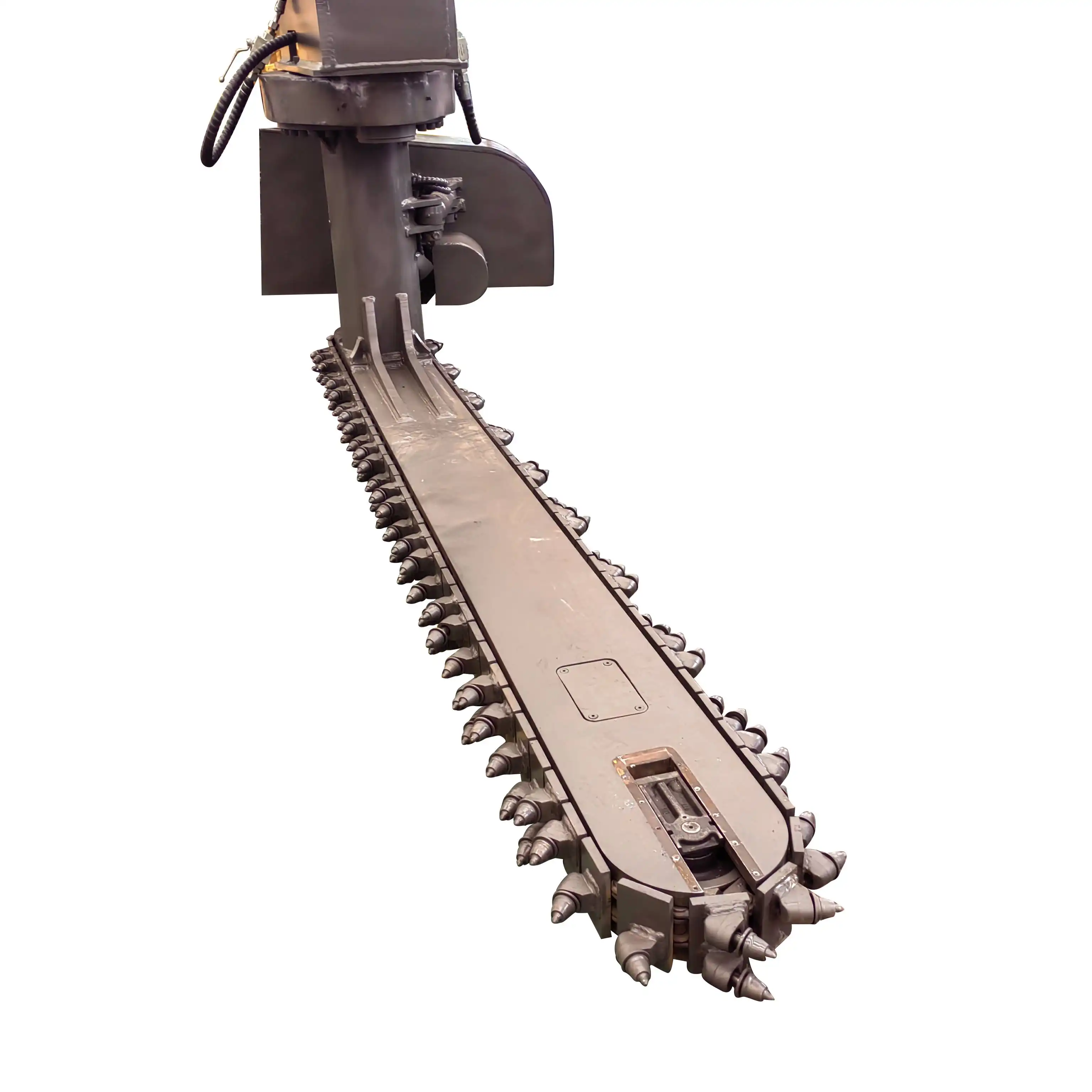 VIEW MORERail-Road Ballast Undercutter Excavator
VIEW MORERail-Road Ballast Undercutter Excavator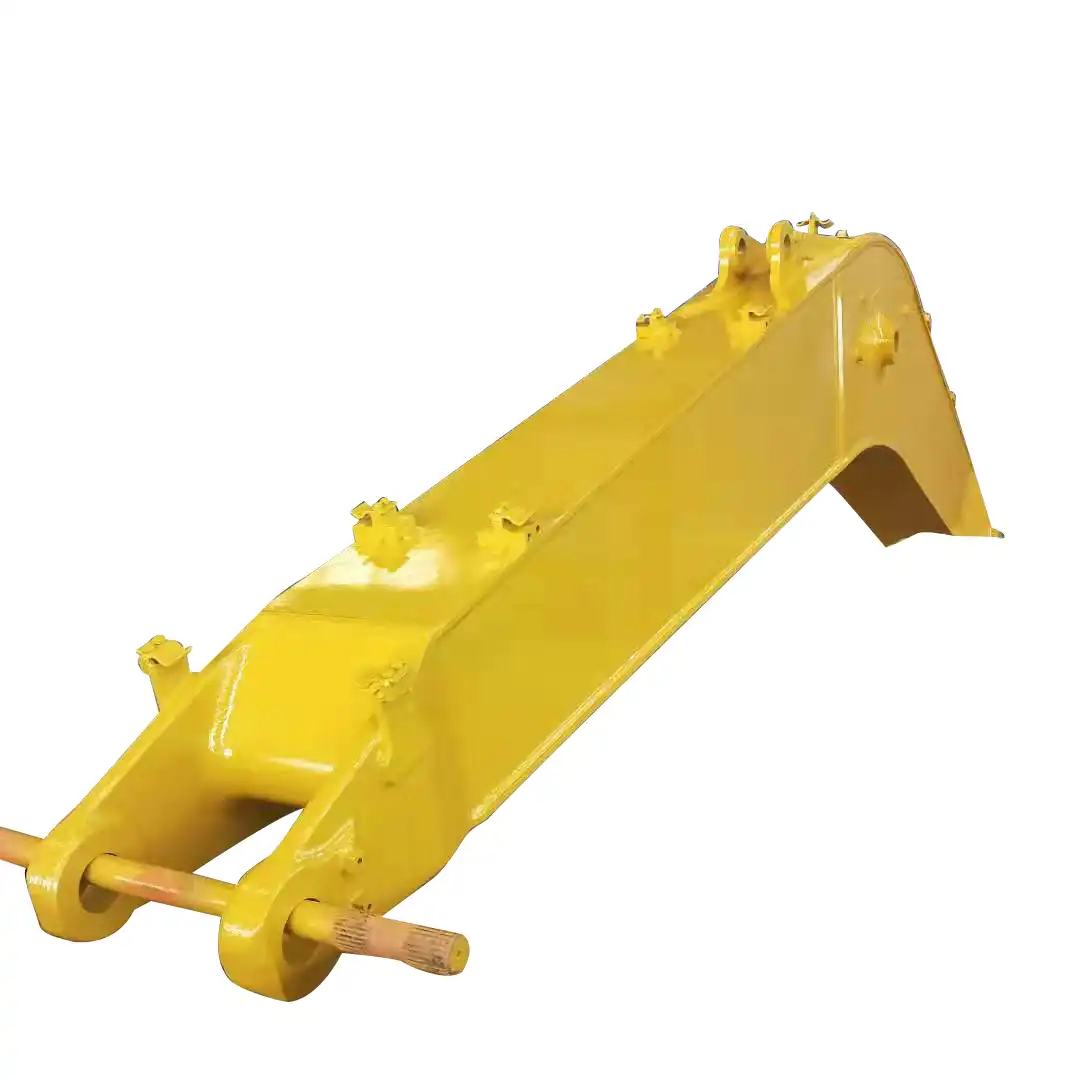 VIEW MOREExcavators Long Reach Boom
VIEW MOREExcavators Long Reach Boom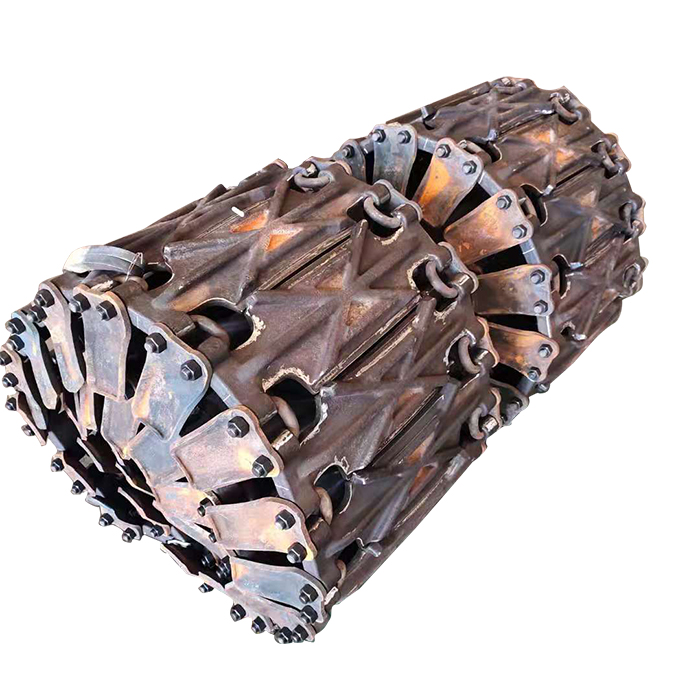 VIEW MORELoader Tire Anti-Skid Track
VIEW MORELoader Tire Anti-Skid Track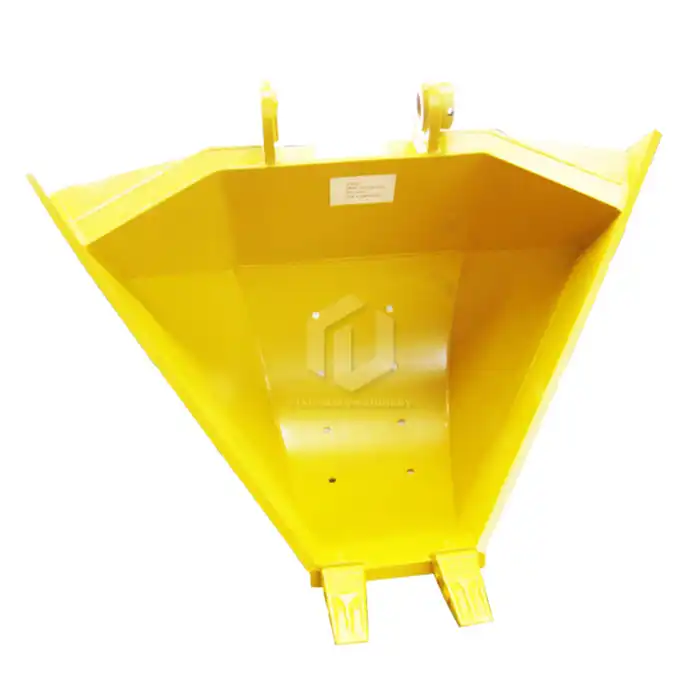 VIEW MOREExcavator Special-Shaped Bucket
VIEW MOREExcavator Special-Shaped Bucket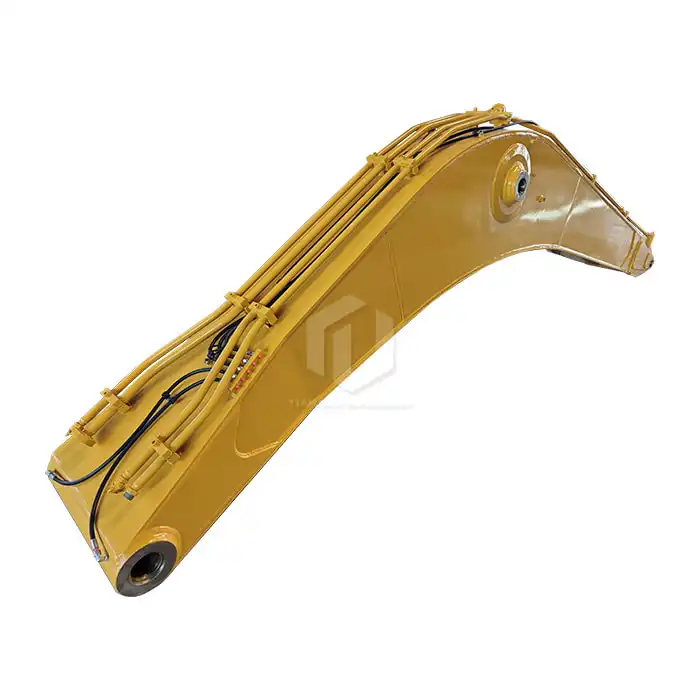 VIEW MOREStandard Size Excavator Boom And Arm
VIEW MOREStandard Size Excavator Boom And Arm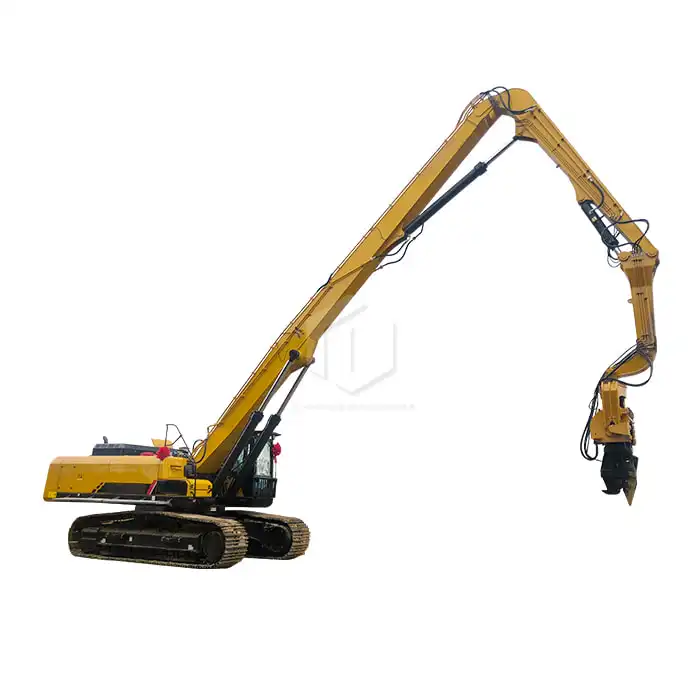 VIEW MOREExcavator Piling Boom
VIEW MOREExcavator Piling Boom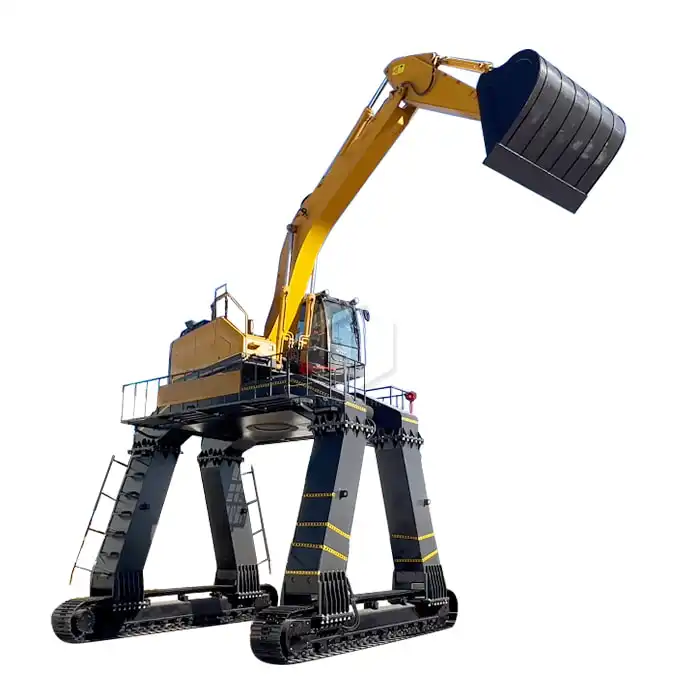 VIEW MOREUnloading Train Excavator Long Legs
VIEW MOREUnloading Train Excavator Long Legs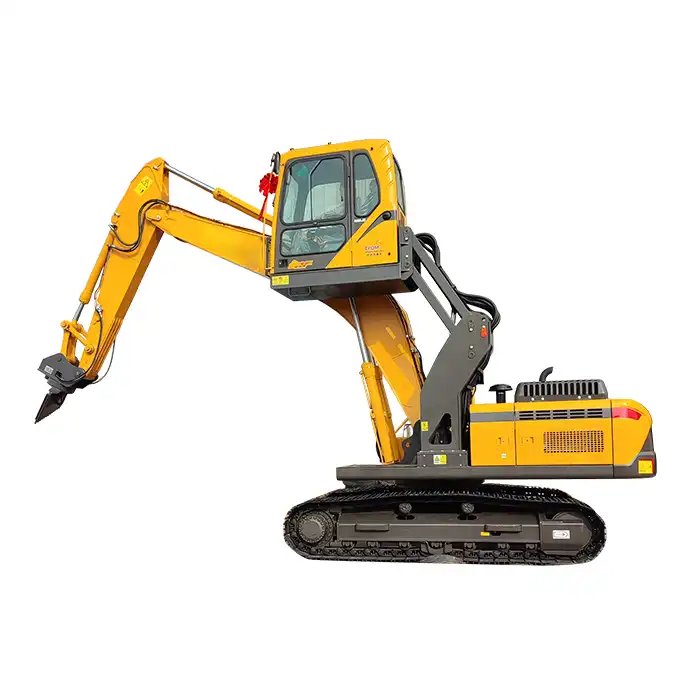 VIEW MOREExcavator Lift Cab
VIEW MOREExcavator Lift Cab

